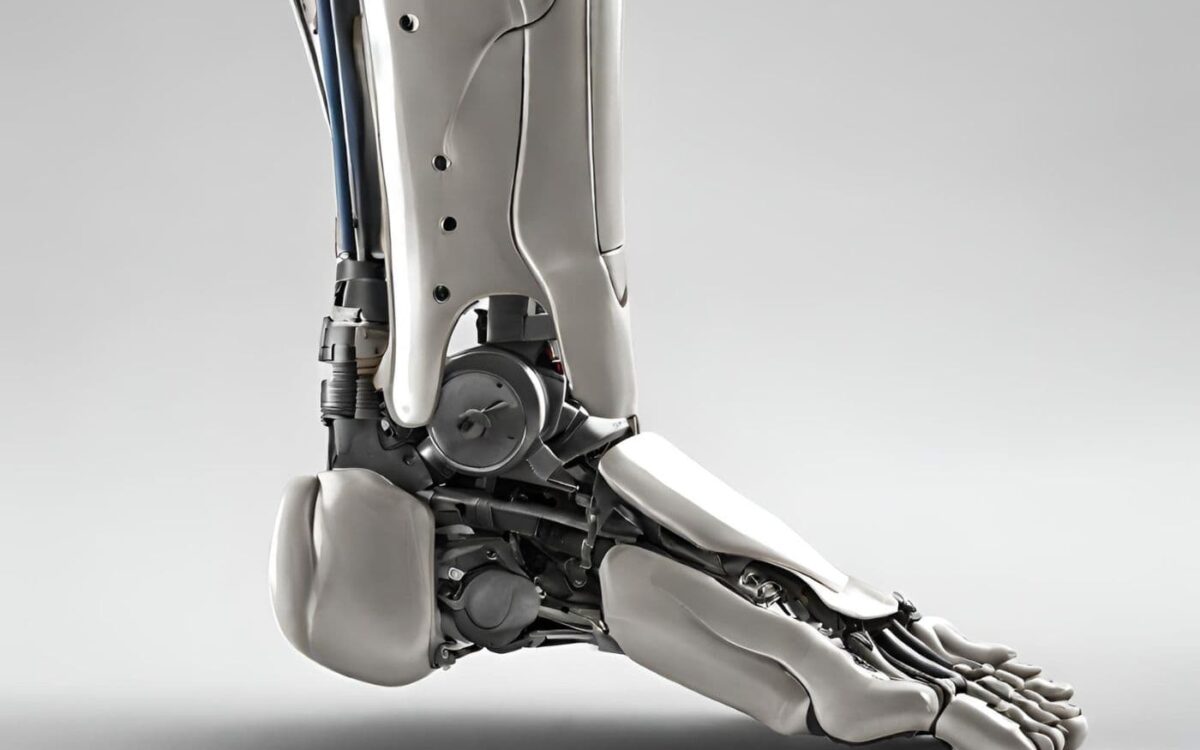Introduction
For individuals living with below-knee amputation, prosthetic legs offer a life-changing solution, restoring mobility and independence. However, a common misconception exists that prosthetic toes are purely cosmetic, adding little to no functional value. This article delves beyond aesthetics, exploring the surprisingly significant functional advantages of prosthetic toes on a below knee prosthetic leg and their positive impact on an individual’s well-being. From improved balance to enhanced proprioception, prosthetic toes offer a range of benefits that extend far beyond simply replicating the appearance of a natural foot.
Beyond Aesthetics: Exploring the Functionality of Prosthetic Toes
Prosthetic toes come in various forms, catering to both aesthetic and functional needs. Fixed toes offer a more natural appearance, while articulated toes, with the ability to bend at the joint, provide additional benefits. These advancements in design translate to biomechanical advantages that can significantly impact an individual’s mobility and overall well-being.
One key benefit of prosthetic toes lies in improved balance and gait stability. The presence of toes, even fixed ones, helps distribute weight more evenly across the foot, mimicking the natural function of the foot and ankle. This translates to a more natural walking pattern, reducing the risk of falls and enhancing overall gait efficiency.
Furthermore, prosthetic toes can contribute to improved proprioception, the body’s sense of its own position and movement in space. This heightened awareness allows individuals to better control their prosthetic leg and navigate uneven terrain with greater confidence. Imagine the difference between walking on sand with bare feet and with shoes prosthetic toes can bridge that gap, providing a more natural sensory experience and fostering a sense of control.
Beyond the physical benefits, the presence of prosthetic toes can also have a significant psychological impact. Having a more complete-looking prosthetic leg can boost self-confidence and improve self-image. This, in turn, can contribute to greater social integration and a more fulfilling quality of life.
Enhancing Daily Activities: Practical Applications of Prosthetic Toes
The advantages of prosthetic toes extend far beyond theoretical concepts and translate into practical benefits that enhance everyday activities. Here are some specific examples:
- Improved navigation on uneven terrain: Prosthetic toes, particularly articulated ones, allow for better gripping and pushing off the ground, making it easier to walk on uneven surfaces like gravel, grass, or hiking trails. This newfound confidence can open doors to new outdoor activities and experiences.
- Stair climbing with greater ease: The presence of toes facilitates a more natural foot placement when taking stairs, reducing the risk of slipping and improving overall stability. This seemingly simple task can become significantly easier and less daunting with the added support of prosthetic toes.
- Enhanced participation in sports: Individuals with below-knee amputations and prosthetic toes can participate in various sports activities with greater confidence and control. Whether it’s running, cycling, or even playing sports like tennis, prosthetic toes can contribute to improved performance and a more enjoyable experience.
- Benefits for specific professions: Professions that demand good balance and agility, such as construction work or physical therapy, can benefit significantly from the added stability and proprioception offered by prosthetic toes. This can translate to improved safety, efficiency, and overall performance in the workplace.
As technology continues to evolve, prosthetic toes are becoming not just more functional but also lighter and more durable. These advancements hold immense potential to further improve the daily lives of individuals with below-knee amputations, allowing them to move with greater freedom, confidence, and independence.
Addressing Common Concerns: Cost, Maintenance, and Customization
While the potential benefits of prosthetic toes are undeniable, some individuals might have concerns regarding cost, maintenance, and customization. Here’s a brief exploration of these considerations:
Cost: The cost of prosthetic toes can vary depending on the complexity of the design, materials used, and individual customization needs. While it’s true that adding prosthetic toes can increase the overall cost of a below-knee prosthetic leg, it’s crucial to weigh this against the potential benefits for your mobility, confidence, and overall well-being. Exploring insurance coverage options and discussing cost management strategies with your prosthetist can help navigate this aspect.
Maintenance: Prosthetic toes, like other prosthetic components, require regular maintenance to ensure proper function and longevity. This might involve cleaning, inspecting for wear and tear, and seeking adjustments from your prosthetist as needed. While maintaining prosthetic toes might require some additional effort, it pales in comparison to the freedom and independence they can offer.
Customization: The key to maximizing the benefits of prosthetic toes lies in proper customization. Working closely with a qualified prosthetist ensures that the prosthetic toes are tailored to your specific needs, residual limb shape, and activity level. This customization process can involve selecting the most suitable type of toe (fixed or articulated), adjusting the size and shape, and ensuring a comfortable and secure fit. Remember, a well-customized prosthetic toe becomes an extension of your body, seamlessly integrating with your gait and enhancing your overall mobility.
Conclusion
Beyond aesthetics, prosthetic toes offer a compelling array of functional advantages for individuals with below-knee amputations. From improved balance and gait stability to enhanced proprioception and a more natural walking experience, these advancements contribute significantly to an individual’s overall well-being. Whether it’s navigating everyday activities with greater ease or participating in sports with renewed confidence, prosthetic toes empower individuals to embrace an active and fulfilling life.
The future of prosthetic technology holds immense promise. As advancements continue and costs become more manageable, prosthetic toes have the potential to become the standard, not the exception, for below-knee prosthetics.
